View all Standards for British Columbia (2018)
Create, rehearse, and refine dramatic works through collaborative and individual presentation or performance
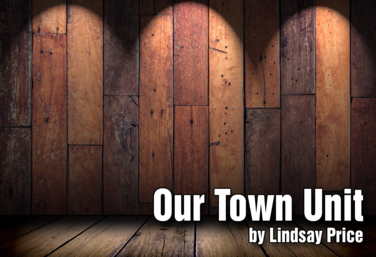
Our Town Unit
by Lindsay Price
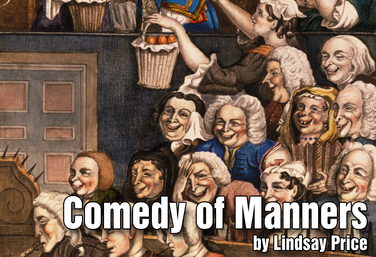
Comedy of Manners
by Lindsay Price
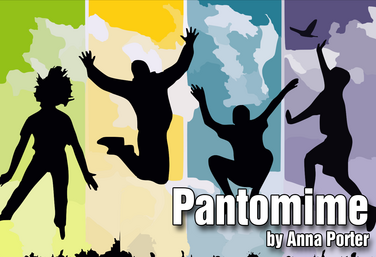
Pantomime
by Anna Porter
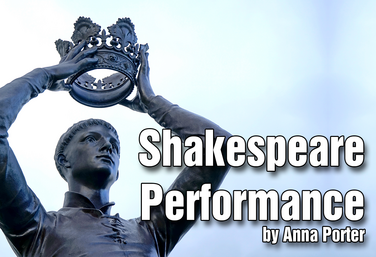
Shakespeare Performance
by Anna Porter

Unlocking Shakespeare's Text
by Anna Porter
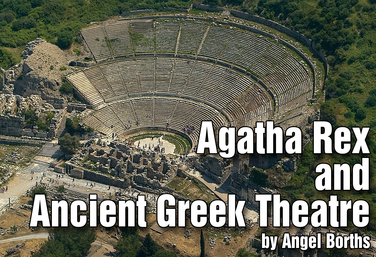
Agatha Rex and Ancient Greek Theatre
by Angel Borths

Puppetry
by Jenny Goodfellow
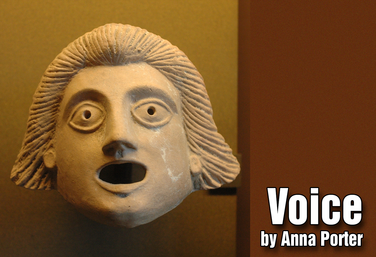
Voice
by Anna Porter

Monologue Writing Made Easy
by Matthew Banaszynski
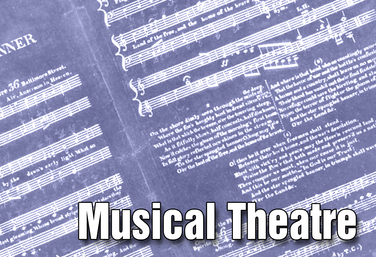
Musical Theatre
by Anna Porter

Pantomime
by Angel Borths
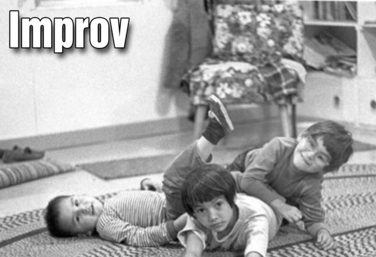
Improv
by Anna Porter
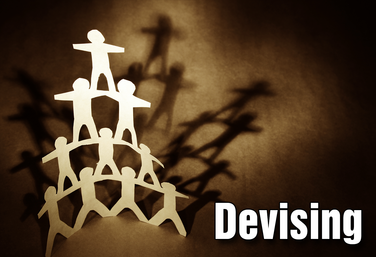
Part of the Drama Two Curriculum
Devising
by Corinna Rezzelle
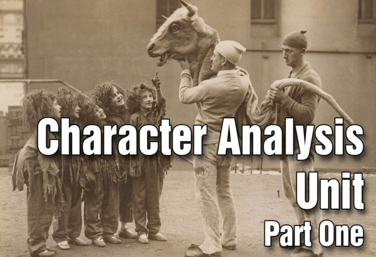
Part of the Drama Two Curriculum
Character Analysis - Part 1
by Matt Webster
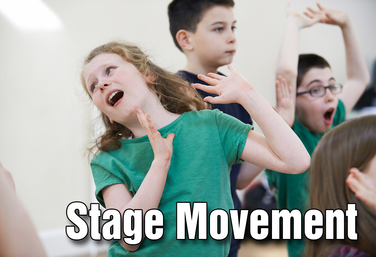
Part of the Drama One Curriculum
Stage Movement
by Karen Loftus
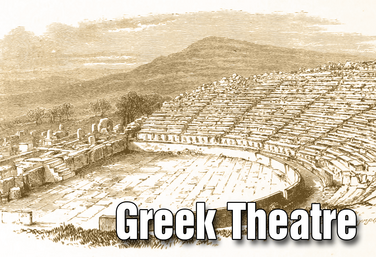
Part of the Drama One Curriculum
Ancient Greek Theatre
by Karen Loftus
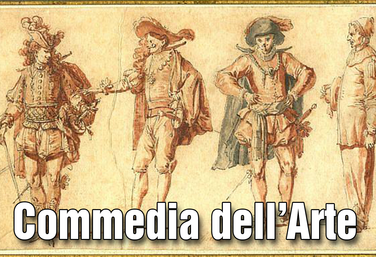
Part of the Drama One Curriculum
Commedia Dell'Arte
by Karen Loftus
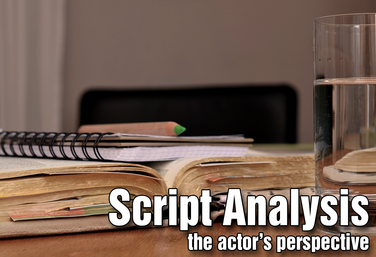
Part of the Drama One Curriculum
Script Analysis: The Actor's Perspective
by Karen Loftus
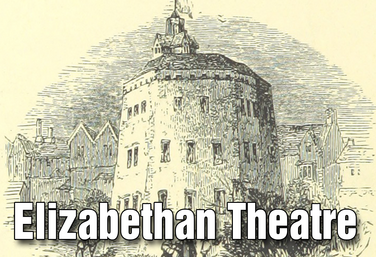
Part of the Drama One Curriculum
Elizabethan Theatre
by Karen Loftus
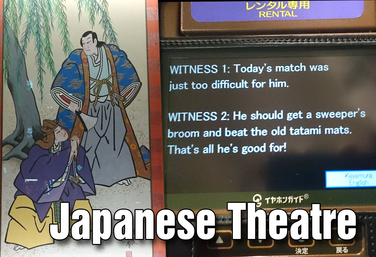
Part of the Drama One Curriculum
Japanese Theatre
by Karen Loftus
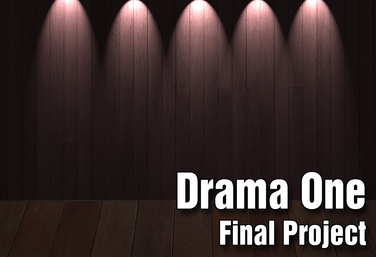
Part of the Drama One Curriculum
Drama One Final Project
by Karen Loftus
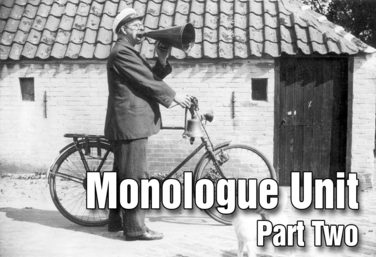
Part of the Drama Two Curriculum
Monologues - Part 2
by Matt Webster
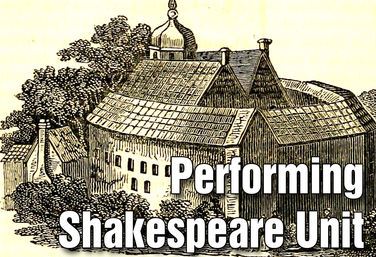
Part of the Drama Two Curriculum
Performing Shakespeare
by Matt Webster
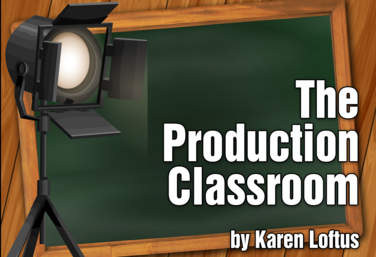
Part of the Production Classroom Units Curriculum
Part One - Pre-Production
by Karen Loftus

Part of the Production Classroom Units Curriculum
Part Two - Rehearsal and Performance
by Karen Loftus

Part of the Production Classroom Units Curriculum
Part Two - Documents
by Karen Loftus

Part of the Production Classroom Units Curriculum
Part Three - Reflection and Assessment
by Karen Loftus

Perspective Taking
by Lindsay Price
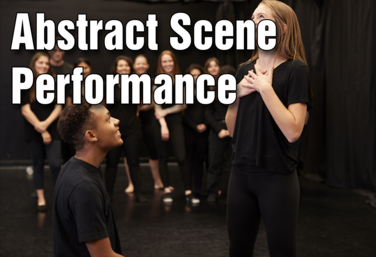
Abstract Scene Performance
by Annie Dragoo
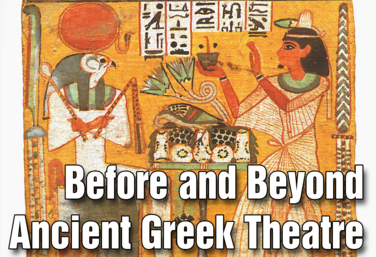
Part of the Theatre History Curriculum
Unit 1: Before and Beyond Ancient Greek Theatre
by Drama Teacher Academy
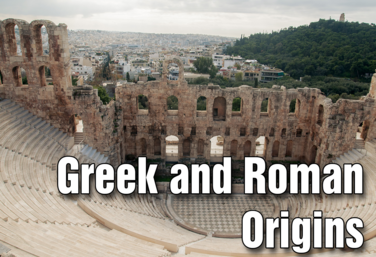
Part of the Theatre History Curriculum
Unit 2: Greek & Roman Origins
by Drama Teacher Academy
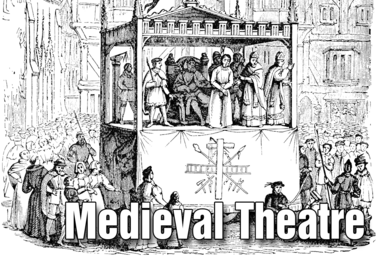
Part of the Theatre History Curriculum
Unit 3: Medieval Theatre
by Drama Teacher Academy
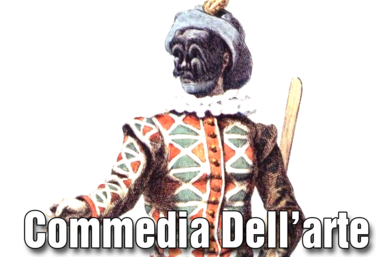
Part of the Theatre History Curriculum
Unit 4: Commedia Dell'Arte
by Drama Teacher Academy
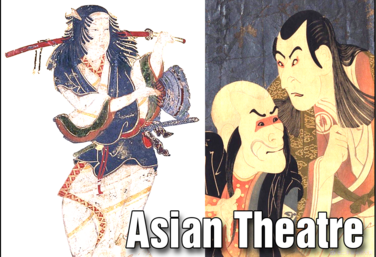
Part of the Theatre History Curriculum
Unit 5: Asian Theatre
by Drama Teacher Academy
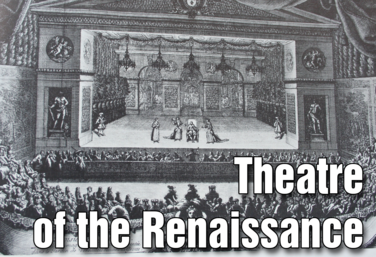
Part of the Theatre History Curriculum
Unit 6: Theatre of the Renaissance
by Drama Teacher Academy
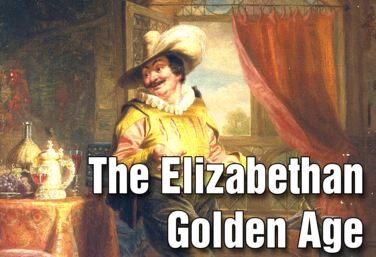
Part of the Theatre History Curriculum
Unit 7: The Elizabethan Golden Age
by Drama Teacher Academy
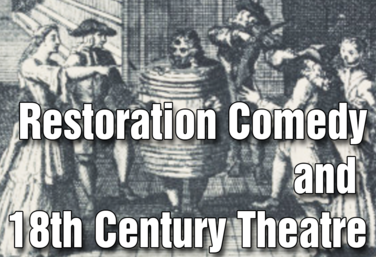
Part of the Theatre History Curriculum
Unit 8: Restoration Comedy & 18th Century Theatre
by Drama Teacher Academy
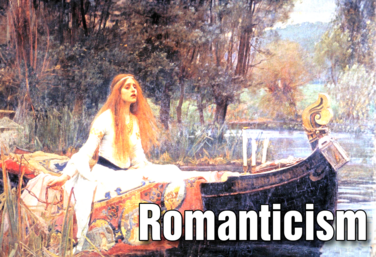
Part of the Theatre History Curriculum
Unit 9: Romanticism
by Drama Teacher Academy
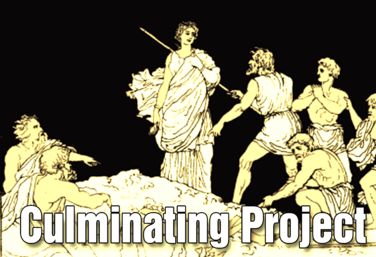
Part of the Theatre History Curriculum
Culminating Project
by Drama Teacher Academy

Theatre Radically Reimagined: Exploring Artaud, Grotowski, and Boal
by Ruthie Tutterow

The Dilemma Project
by Claire Broome
.png)
Realism and Naturalism
by Drama Teacher Academy

30 Second Monologues
by Lindsay Price
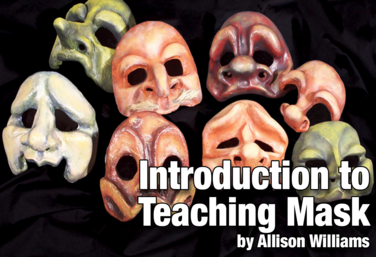
Introduction to Mask
by Allison Williams

Spoken Word Poetry
by Quincy Young
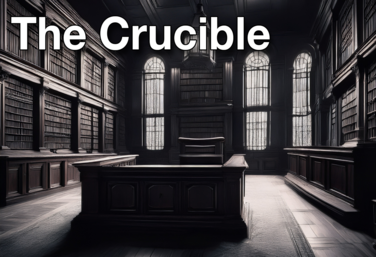
The Crucible Unit
by Lindsay Price
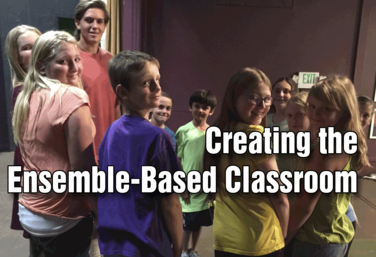
Creating the Ensemble-Based Classroom
by Gai Jones
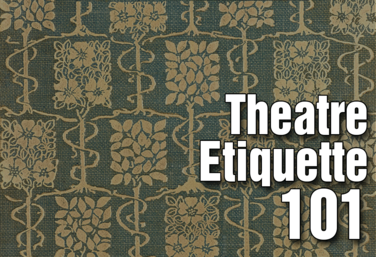
Theatre Etiquette 101
by Kerry Hishon
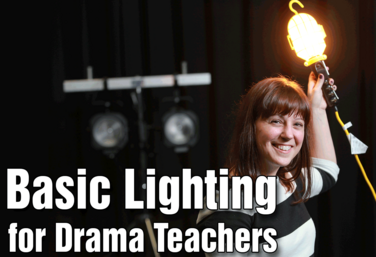
Basic Lighting for Drama Teachers
by Claire Broome

The Production Classroom
by Karen Loftus
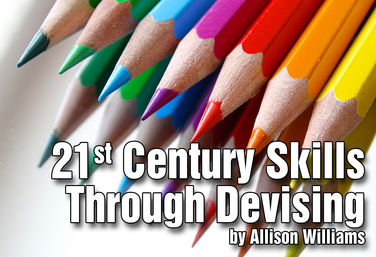
21st Century Skills Through Devising
by Allison Williams
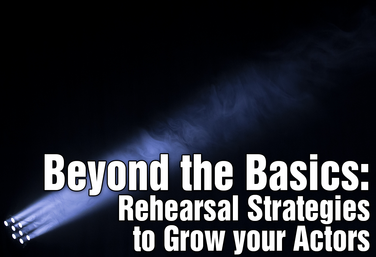
Beyond the Basics: Rehearsal Strategies to Grow Your Actors
by Julie Hartley
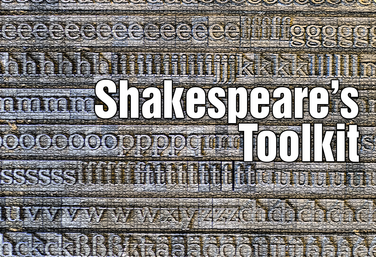.png)
Shakespeare's Toolkit
by Todd Espeland
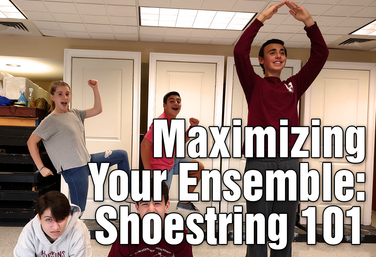
Maximizing Your Ensemble: Shoestring 101
by Michael Calderone
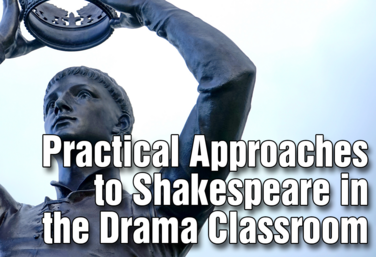
Practical Approaches to Shakespeare in the Drama Classroom
by Julie Hartley

Director's Toolbox 2: Teaching Students to Direct
by James Van Leishout
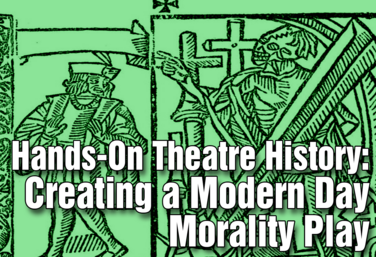
Hands-On Theatre History: Creating a Modern Day Morality Play
by Wendy-Marie Martin
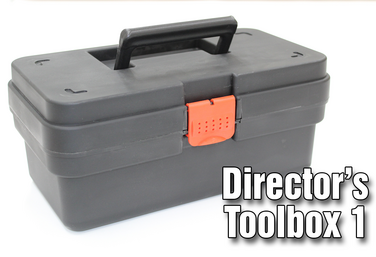
Director's Toolbox 1: Teaching Students to Direct
by James Van Leishout

The Dilemma Project
by Claire Broome
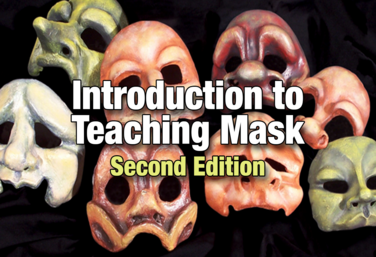
Introduction to Teaching Mask: 2nd Edition
by Allison Williams
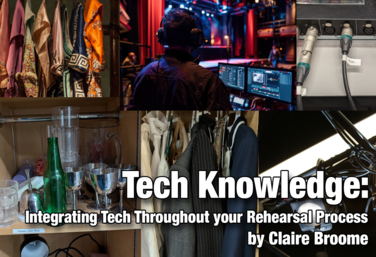
Tech Knowledge: Integrating Tech Throughout Your Rehearsal Process
by Claire Broome
View all Standards for British Columbia (2018) Standards Master List